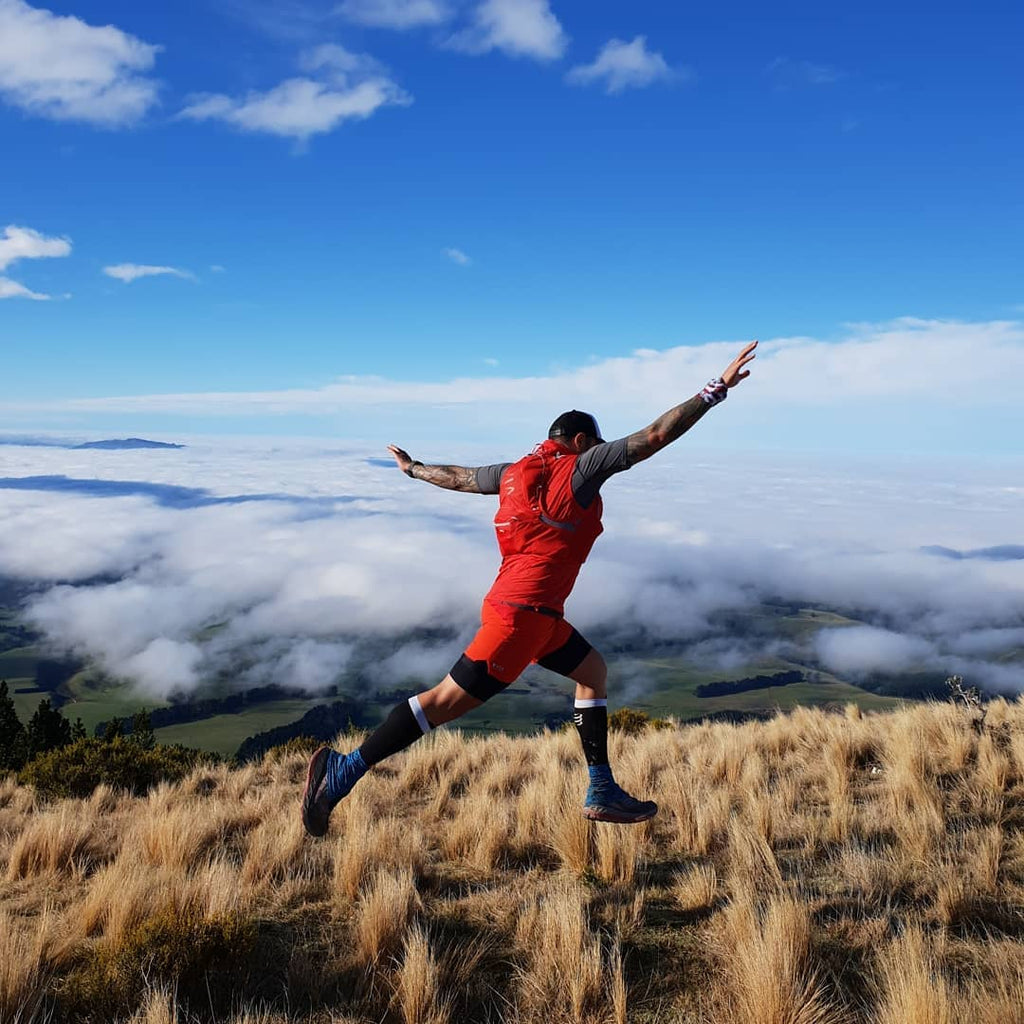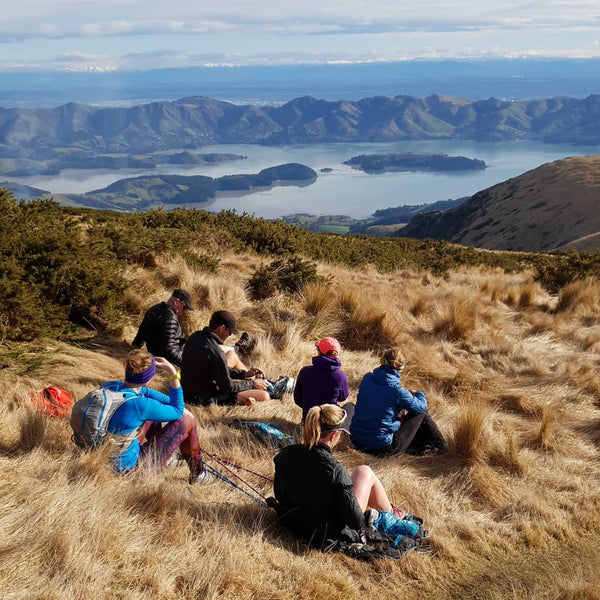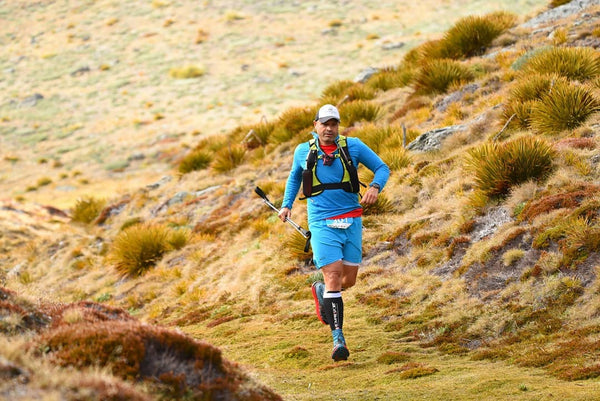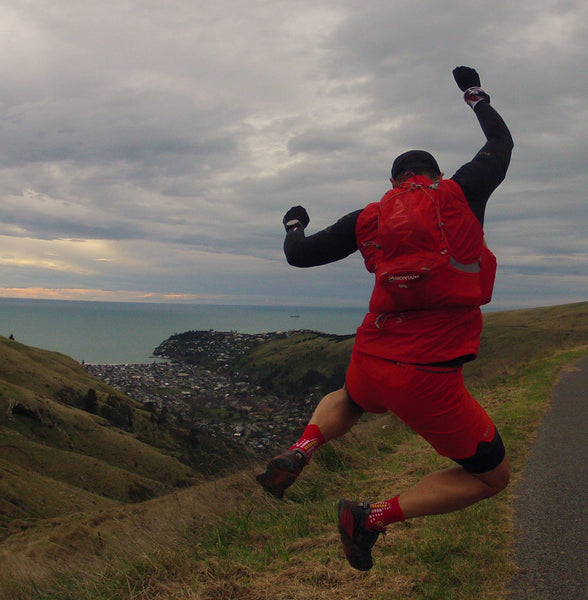Which Trail Running Shoes Will Suit Me?
Jacob Lamont has a love affair with all things trail shoes… Here are some sage words of advice about choosing the right pair (or pairs) for you.

This is a much-debated question. A pair loved by one person may be hated by another, for that reason Trail Shoes are an extremely individual choice... And with so many options, it can be hard to know where to begin. Here are some tips to make your shoe buying easier... hopefully.

- Try on as many pairs as you can.
Everybody’s feet are different, the only way to know if they really fit is to put them on. If you can’t, at least read as many reviews as possible from numerous sources and talk to as many trail runners you can (caution everyone has an opinion). FurtherFaster has a great range of men and women's gear and specializes in off-road trail shoes.
- Shoe Fit
Ideally, for a trail runner, the overall fit should be snugger than that of other running shoes, fitting quite close in the heel, a good fitting mid-foot and wider in the toe area to allow for motion and stability on varied trails. Altra prides itself on a wider toe area and even has a tag line, ‘Embrace the Space’. Although some may find that a wider shoe feels too clumsy and uncontrollable, especially if you have narrow feet.
For ultra-running distances, I personally have found going half a size up to allow for your feet swelling helps too. Many folks who do long-distance adventure racing have told me the same thing.

- Stability
How much support do you get from your shoes, you want some level of stability in your shoe but you also want the freedom to adapt to the uneven terrain of the trail.
- Cushion
This goes alongside stability. Cushioning (stack height, amount of material under your feet) is one of the main differences between shoes. Some think less material is good, giving you a more natural feel that leads to good running technique. Others think opposite, more cushioning, such as Hoka Speedgoats or Altra Olympus Especially on a descent, they can add protection from repeated hard footfalls leading to fewer injuries and a more comfortable run.
With rocky terrain, the thicker foam also acts as protection wherein a more minimal shoe it would be wise to look for one with a rock plate, such as La Sportiva Bushido, to help protect your foot if you plan to run these types of trails.
There’s so much research out, but no definite answer to which is better for you, so some homework is needed when deciding how much cushioning you’d like i.e. the trail type, distance, time on feet…
- Grip
This goes without saying, you are running off road. But there is grip and then there is grip. Here are my recommendations:
Groomed trails; micro grip, try the La Sportiva Lycan.
Wet rock; soft rubber grip, try the Altra Lone Peaks or Scott Running shoes, where #tractionmatters.
Mud/soft underfoot; macro large lug fast clearing grip, try the Slaming OT Comp.
Or a mix of all on a trail.
Let’s face it you’ll probably end up buying a few different styles, depending on the season.
Drop (Heel-to-toe)
Drop basically is the difference in height your heel sits compared to your toes in your shoes. Trail running shoes tend to have quite small heel-to-toe drops(which I find gives you more control off-road). In general, it is thought a low to medium drop (zero to 8mm) promotes a forefoot or mid-foot strike while a high-drop shoe (10–12mm) can promote heel striking.
Remember to ease into a smaller/lower drop at first and concentrate on good running form.
- Waterproof or not?
Most of the time a good breathable shoe that drains well is all that's needed. A waterproof shoe maybe good in really cold, snowy or mucky trails. However, it’s generally overkill, as after running through your first stream or river you don’t want to slosh in a pool of water for the rest of your run.

To summarise;
Go as light as possible (but remember lighter sometimes wears out faster).
Even your favorite shoe may have its quirks, I don't know if there's such a thing as a perfect shoe?
When trying on shoes move around as much as you can in them before buying... if there's something that annoys you in the shop it may be magnified kilometers down the trail.
If you find a shoe you really love and you've run many K's in them, think about buying a couple pairs up front. WARNING Brands are always "evolving" their models (sometimes just to sell you the next big thing), so the shoe you love this season may not be around the next.
I definitely have found by rotating multiple pairs of shoes on my different runs I tend to get so many more miles out of them.
I have run in so many styles of shoes I'd hate to add up the cost, but with trial and error plus thousands of K's I know what works for me (and probably not you).
As I said, in the beginning, there is no one answer when it comes to finding the right shoe for you, everyone's different right, but I hope these tips can help you on your way.
Jacob Lamont is an ultra running machine. Loving long days on the trail as much as he loves the gear that goes with it. He is a FurtherFaster Athlete and an ambassador for Montane New Zealand.










Leave a comment